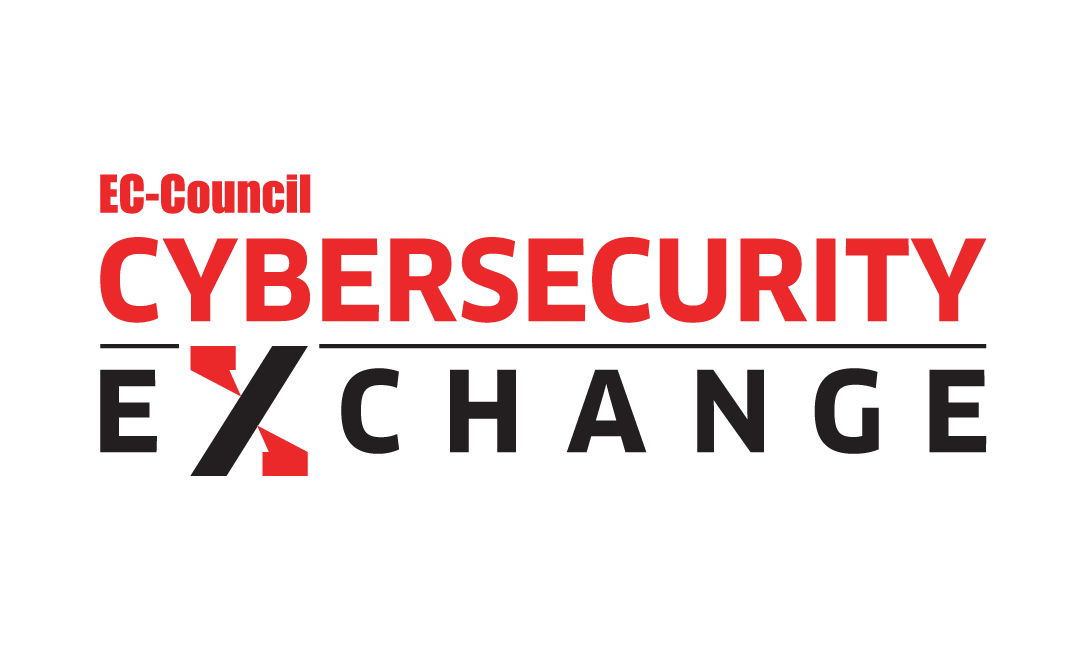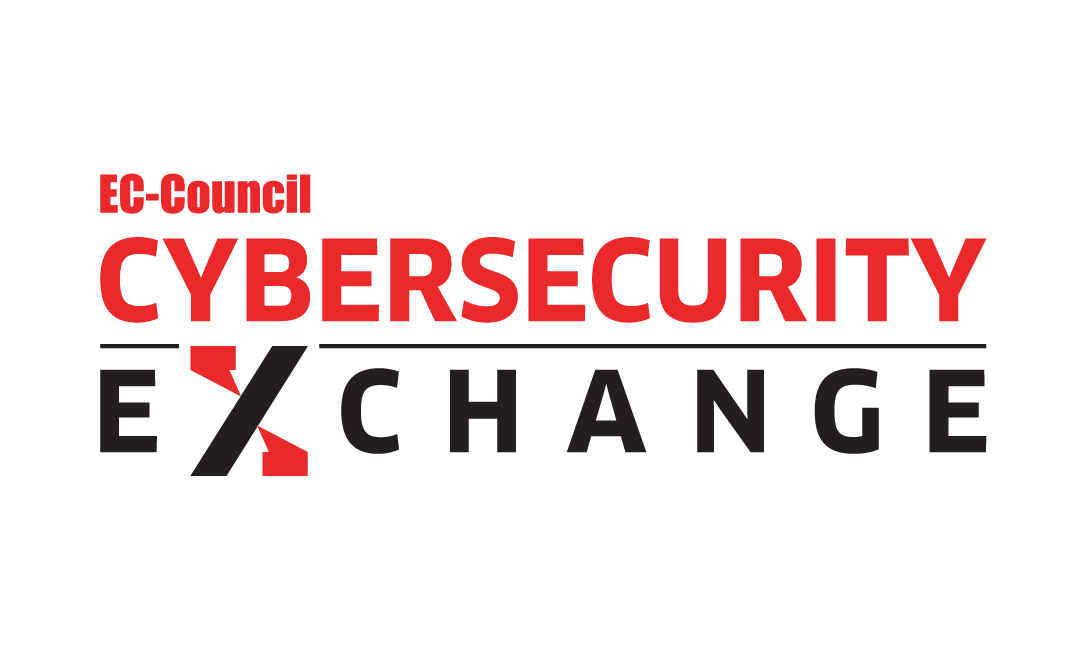What do you need To Know to be an Enterprise Architect
An Enterprise Architect develops and maintains business, systems, and information processes to support enterprise security architecture; develops information technology (IT) rules and requirements that describe baseline and target architectures.
Enterprise architecture (EA) is a discipline for proactively and holistically leading enterprise responses to disruptive forces by identifying and analyzing the execution of change towards desired business vision and outcomes. EA delivers value by presenting business and IT leaders with signature-ready recommendations for adjusting policies and projects to achieve targeted business outcomes that capitalize on relevant business disruptions. – Gartner
What Does an Enterprise Architect Do?
Why Enterprise Architecture?
Objectives of an Enterprise Architect
- Define and explain gaps.
- Bring consistency in application design
- Reduce costs and efforts associated with project delivery.
- Define the target operating model.
- Streamline communication with the EA stakeholders.
- Enable faster decision making.
- Explain strategic versus project deliverables.
8 job roles to be performed by an Enterprise Architect
- Firstly, understanding security requirements at various levels in the organization.
- Following this, they review the current security architect framework and recommend enhancements.
- Conducting regular systems and network tests and ensuring continuous monitoring of the security system and if required, hiring a penetration tester to address the vulnerabilities located, if any.
- Anticipating possible threats to identify areas of weaknesses.
- Ensuring access control based on requirement and role.
- Regularly upgrading systems with projected timelines.
- Responding promptly and effectively to the possible breaches and providing post-event analysis.
- Conducting breach of security drills and establishing disaster recovery processes.
What are the Skills Needed to Be an Enterprise Architect?
Problem Formulation
Solution Shaping and Problem-Solving
Consensus Building
Solution Realization
Solution Management:
Leadership
Enterprise Architect Salary in United States
Having a certification in network security is indeed an advantage when searching for a well-paying Enterprise Architect’s job. According to PayScale, the top respondents for the job title “Enterprise Architect, IT,” are from the companies Hamilton, Hewlett Packard Enterprise, and IBM Corp., with reported salaries being highest at IBM Corp., where the average pay is $154,381. Other companies that offer high salaries for this role include, The Boeing Company and HPE, with candidates earning around $154,200 and $137,500, respectively. First Data Corporation and Hewlett Packard Enterprise also pay on the lower end of the scale, paying $126,000 and $129,398, respectively.
Top 20 Countries
| Countries | Average Salary for Enterprise Architect | |
 |
USA | $154,381 |
 |
Japan | ¥12,743,466 |
 |
Germany | €122,249/yr |
 |
India | ₹ 25,37,591 |
 |
United Kingdom | £83,891 |
 |
France | € 65,899 |
 |
Italy | € 52,000 |
 |
Brazil | R$13,470 |
 |
Canada | $110,000 |
 |
Russia | 197,809 РР |
| Countries | Average Salary for Enterprise Architect | |
 |
South Korea | ₩ 6,09,95,668/yr |
 |
Spain | € 40,301 |
 |
Australia | A$180,000 |
 |
Mexico | $513,983 (MXN)/yr |
 |
Indonesia | 273,266,272/yr |
 |
Netherlands | € 87,948 |
 |
Saudi Arabia | SAR 198,000 |
 |
New Zealand | $132,743 |
 |
Switzerland | 143,978 Fr |
 |
singapore | S$145,418 |
How Do I Become an Enterprise Architect?
- CND provide skills to create a secure network architecture
- Knowledge of 14 most current network security domains that enables creating security architecture with greater flexibility in any of the domains.
- CND is a hands-on training with 60:40 theoretical and practical labs. Hence, it prepares you in addressing real-time problems.
- Networking with professionals from different backgrounds and experiences, and industry-representing trainers. It allows enterprise architects to exchange and learn from others experiences too.
- As CND is an indispensable credential for security architects, it helps them in gaining leadership positions in the enterprise.
Other Key Enterprise Architecture Skills that can be obtained from CND
- Recognize and respond to threats and attacks.
- Assess existing security protocols and adjust them for maximum efficiency.
- Design and install defenses based on the needs of their client.
- Configure, manage, and secure firewalls, VPNs, and IDS (intrusion detection systems).
- Monitor and analyze web traffic to proactively detect potential threats.
- Create back-up and recovery systems to lessen the impact of successful security breaches.










